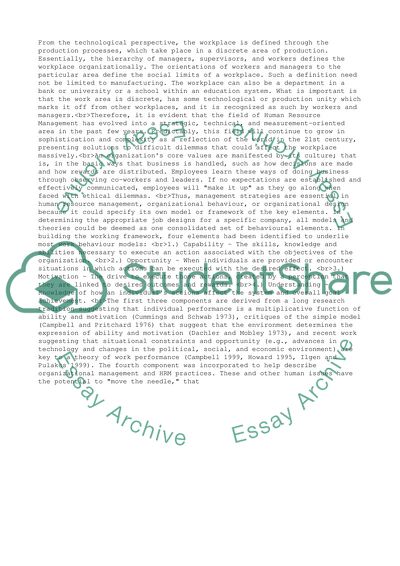Cite this document
(Organizational Development and the Role of Human Resource Management Essay Example | Topics and Well Written Essays - 2750 words, n.d.)
Organizational Development and the Role of Human Resource Management Essay Example | Topics and Well Written Essays - 2750 words. https://studentshare.org/business/1506581-organizational-development-and-the-role-of-human-resource-management
Organizational Development and the Role of Human Resource Management Essay Example | Topics and Well Written Essays - 2750 words. https://studentshare.org/business/1506581-organizational-development-and-the-role-of-human-resource-management
(Organizational Development and the Role of Human Resource Management Essay Example | Topics and Well Written Essays - 2750 Words)
Organizational Development and the Role of Human Resource Management Essay Example | Topics and Well Written Essays - 2750 Words. https://studentshare.org/business/1506581-organizational-development-and-the-role-of-human-resource-management.
Organizational Development and the Role of Human Resource Management Essay Example | Topics and Well Written Essays - 2750 Words. https://studentshare.org/business/1506581-organizational-development-and-the-role-of-human-resource-management.
“Organizational Development and the Role of Human Resource Management Essay Example | Topics and Well Written Essays - 2750 Words”. https://studentshare.org/business/1506581-organizational-development-and-the-role-of-human-resource-management.


